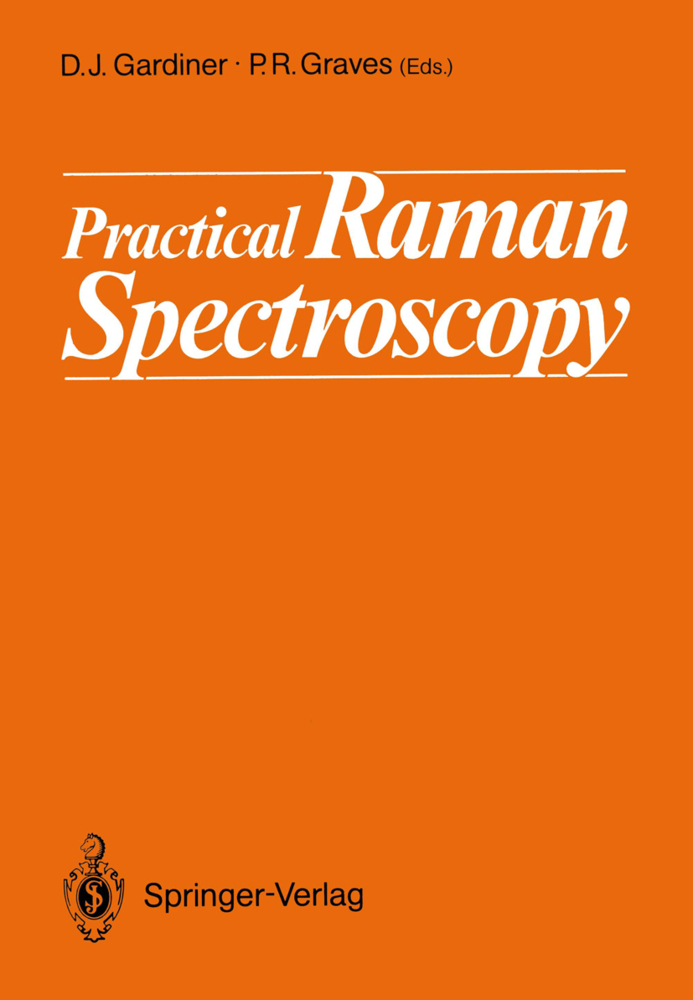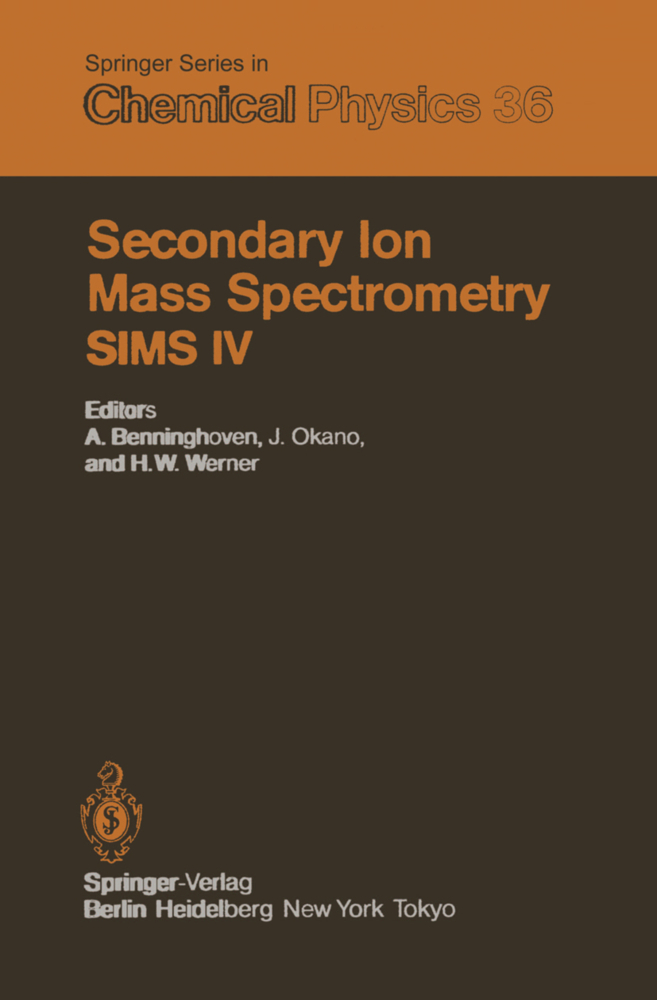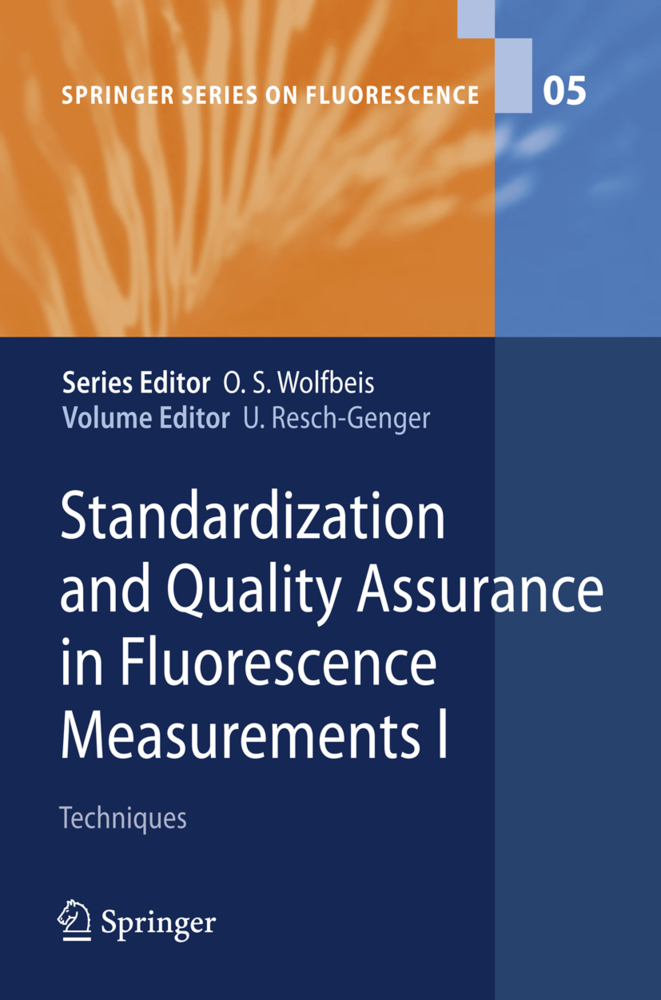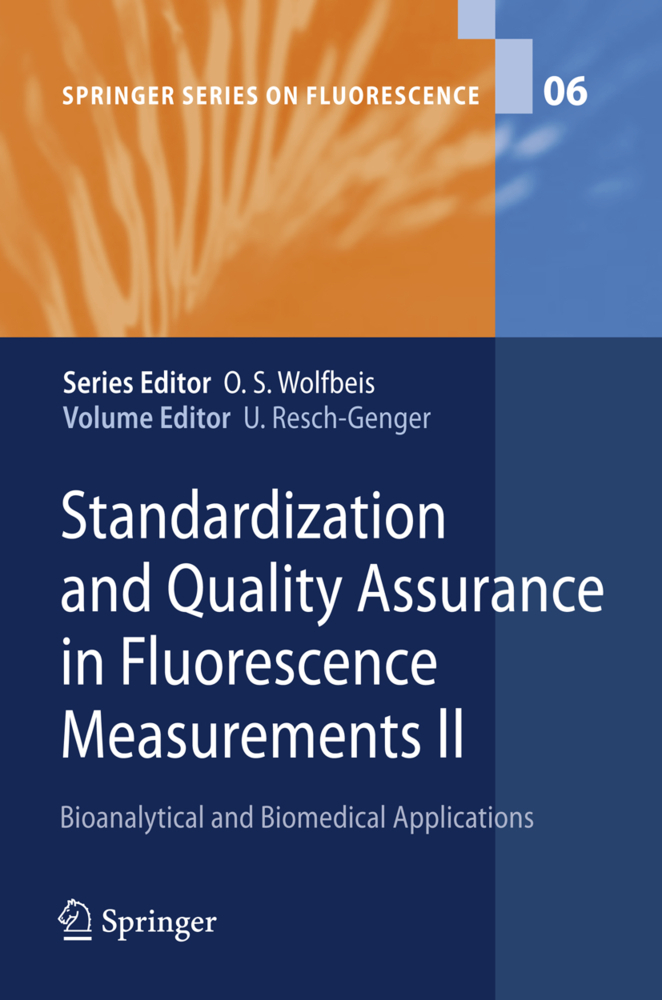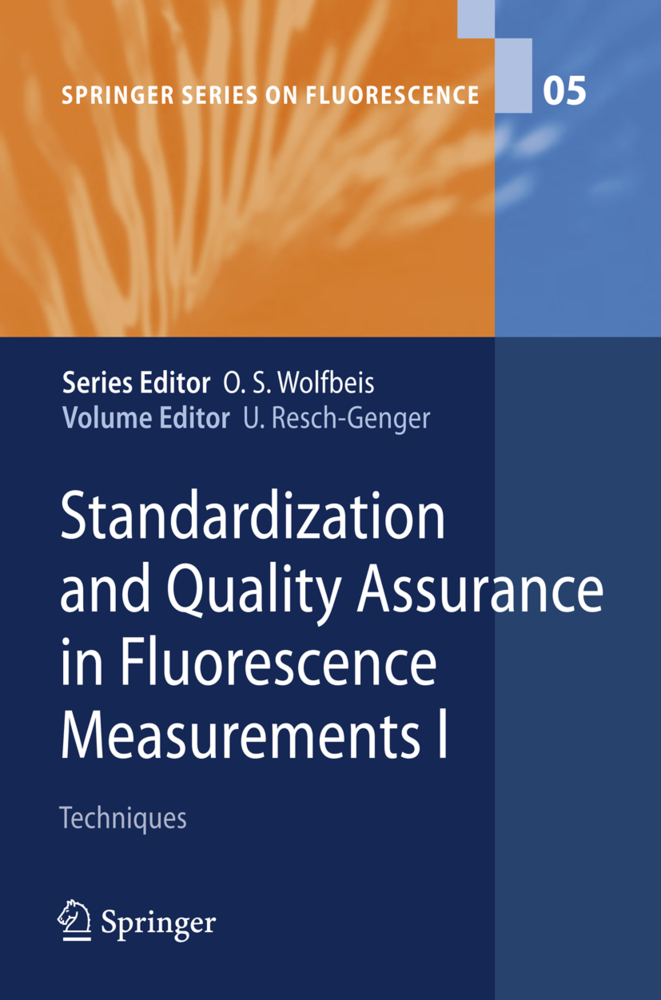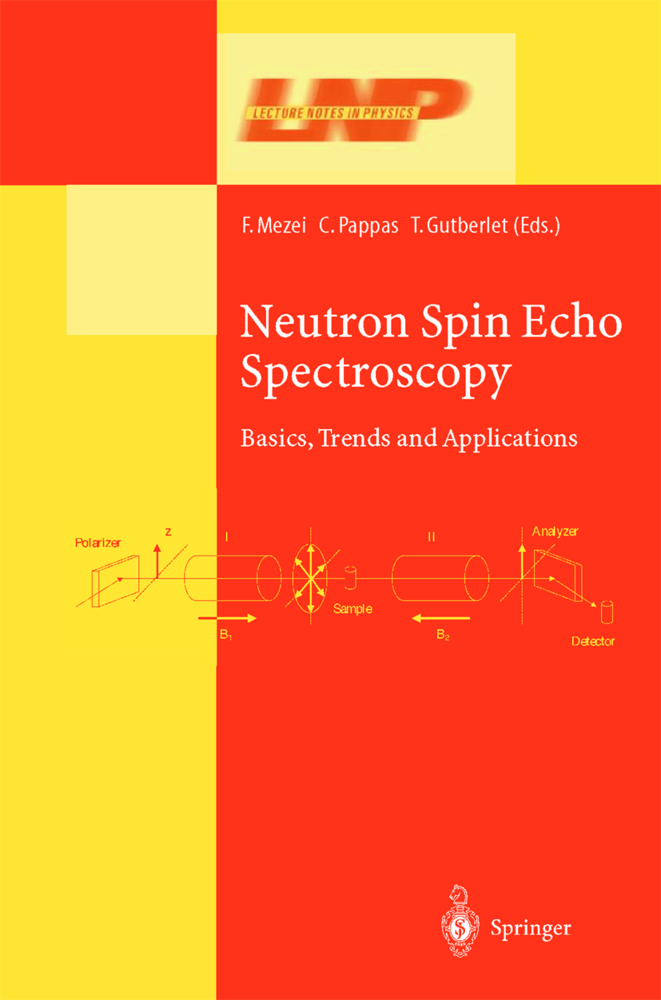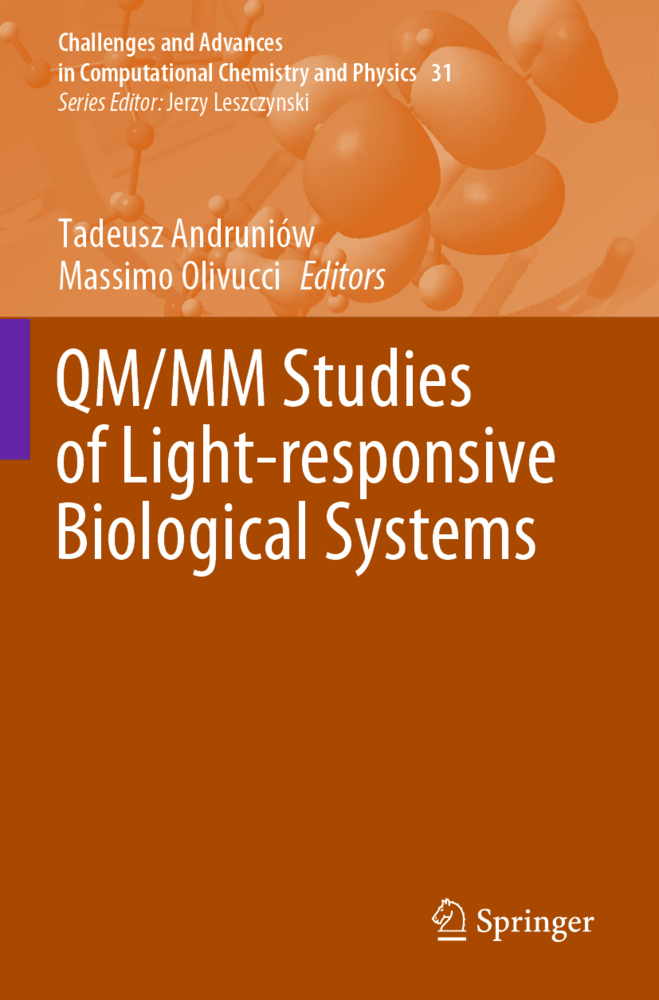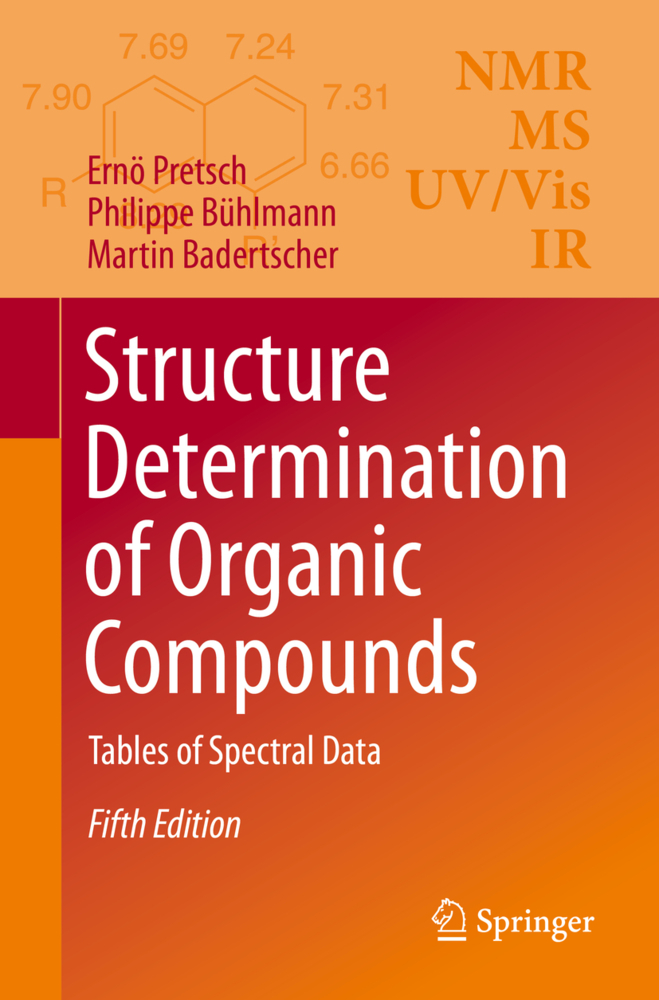Practical Raman Spectroscopy
Practical Raman Spectroscopy
This volume sets out to draw together the essential expertise which will provide a technical guide to the practice of Raman spectroscopy. The text deals exc1usively with spontaneous Raman spectroscopy and inc1udes some aspects of Resonance Raman spectroscopy. Chapter I sets out the essential theoretical framework using a simple c1assical approach and deals with the rudiments of polarizability. Many of these theoretical points are further developed in Chap. 2 where the scattering and polarization consequences of various sampling geometries and collection optics, on gaseous, liquid, single crystal and thin film methods are detailed. The relative advantages and disadvantages of the wide variety of hardware now available to the Raman spectroscopist are discussed in Chap. 3. Important calibration data is pr. esented in Chap. 4 along with an account of datä analysis techniques, inc1uding signal enhancement methods. Chapter 5 describes some of the techniques and cell designs that have been successfully used to study sampies under extreme conditions and Chap. 6 deals with the rapidly growing technique of Raman microscopy, providing a wide range of application examples and experimental advice. We recognise the difficulty in covering all aspects of Raman spectroscopy in a single volume and a section on further reading, representing what we feel are amongst the more informative references, at the time of publication, is provided for additional detail. Our hope is that Practical Raman Spectroscopy will help to provide a source of on-hand technical support and data for the practising Raman spectroscopist in the laboratory.
1.2 Spontaneous Raman Theory
1.3 Resonance Raman Theory
1.4 References
2 Raman Sampling
2.1 Introduction
2.2 Gaseous and Liquid Samples
2.3 Single-Crystal Samples
2.4 Excitation Focusing
2.5 Collection Optics
2.6 Absorbing Samples
2.7 Backscattering by Absorbing Samples
2.8 Wide-Angle Objectives
2.9 Films and Adsorbed Species
2.10 Integrated Optics
2.11 Excitation with Circularly-Polarized Light
2.12 Apologia
2.13 References
3 Instrumentation for Raman Spectroscopy
3.1 Sample Handling
3.2 The Light Source
3.3 Optics
3.4 The Spectrometer
3.5 Detectors and Gratings
3.6 Computing
3.7 References
4 Calibration and Data Handling
4.1 Introduction
4.2 Analogue-to-Digital Conversion
4.3 Frequency Calibration
4.4 Frequency Response Calibrations
4.5 Methods of Data Analysis
4.6 References
5 Non-Standard Physical and Chemical Environments
5.1 High Temperature
5.2 Low Temperature and Matrix Isolation
5.3 High Pressure
5.4 Special Chemical Environments
5.5 References
6 Raman Microscopy
6.1 Introduction
6.2 Basic Principles of Microprobe Operation
6.3 Raman Microprobe Optical Design
6.4 Sample Preparation (Discrete Particles and Liquids)
6.5 Thermally Sensitive Samples
6.6 Environmentally Sensitive Samples
6.7 Spatial Resolution and Spatial Filtering
6.8 Optical Microscope Illumination Techniques and Applications
6.9 Temperature and Pressure Techniques with the Raman Microprobe
6.10 Polarization Ratios
6.11 Raman Imaging and Mapping
6.12 Application Areas
6.13 References
Further Reading.
1 Introduction to Raman Scattering
1.1 Historical Introduction1.2 Spontaneous Raman Theory
1.3 Resonance Raman Theory
1.4 References
2 Raman Sampling
2.1 Introduction
2.2 Gaseous and Liquid Samples
2.3 Single-Crystal Samples
2.4 Excitation Focusing
2.5 Collection Optics
2.6 Absorbing Samples
2.7 Backscattering by Absorbing Samples
2.8 Wide-Angle Objectives
2.9 Films and Adsorbed Species
2.10 Integrated Optics
2.11 Excitation with Circularly-Polarized Light
2.12 Apologia
2.13 References
3 Instrumentation for Raman Spectroscopy
3.1 Sample Handling
3.2 The Light Source
3.3 Optics
3.4 The Spectrometer
3.5 Detectors and Gratings
3.6 Computing
3.7 References
4 Calibration and Data Handling
4.1 Introduction
4.2 Analogue-to-Digital Conversion
4.3 Frequency Calibration
4.4 Frequency Response Calibrations
4.5 Methods of Data Analysis
4.6 References
5 Non-Standard Physical and Chemical Environments
5.1 High Temperature
5.2 Low Temperature and Matrix Isolation
5.3 High Pressure
5.4 Special Chemical Environments
5.5 References
6 Raman Microscopy
6.1 Introduction
6.2 Basic Principles of Microprobe Operation
6.3 Raman Microprobe Optical Design
6.4 Sample Preparation (Discrete Particles and Liquids)
6.5 Thermally Sensitive Samples
6.6 Environmentally Sensitive Samples
6.7 Spatial Resolution and Spatial Filtering
6.8 Optical Microscope Illumination Techniques and Applications
6.9 Temperature and Pressure Techniques with the Raman Microprobe
6.10 Polarization Ratios
6.11 Raman Imaging and Mapping
6.12 Application Areas
6.13 References
Further Reading.
Gardiner, Derek J.
Graves, Pierre R.
| ISBN | 978-3-540-50254-8 |
|---|---|
| Medientyp | Buch |
| Copyrightjahr | 1989 |
| Verlag | Springer, Berlin |
| Umfang | VIII, 157 Seiten |
| Sprache | Englisch |

